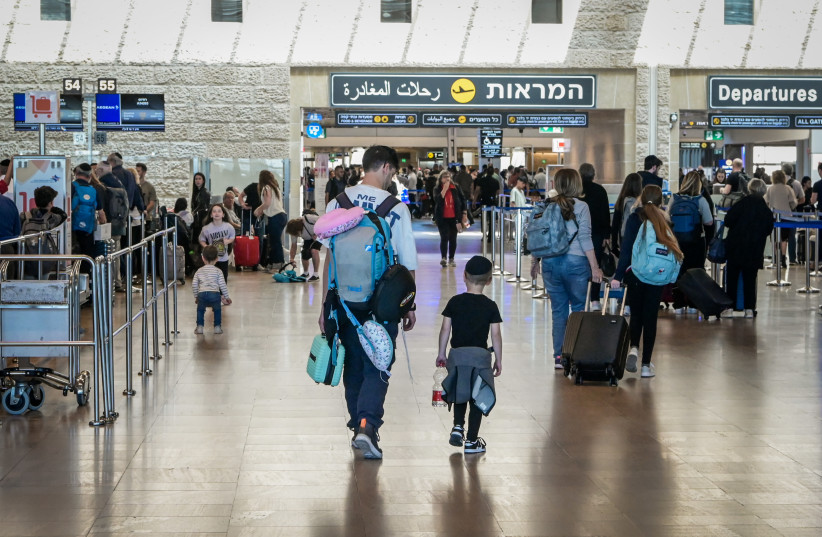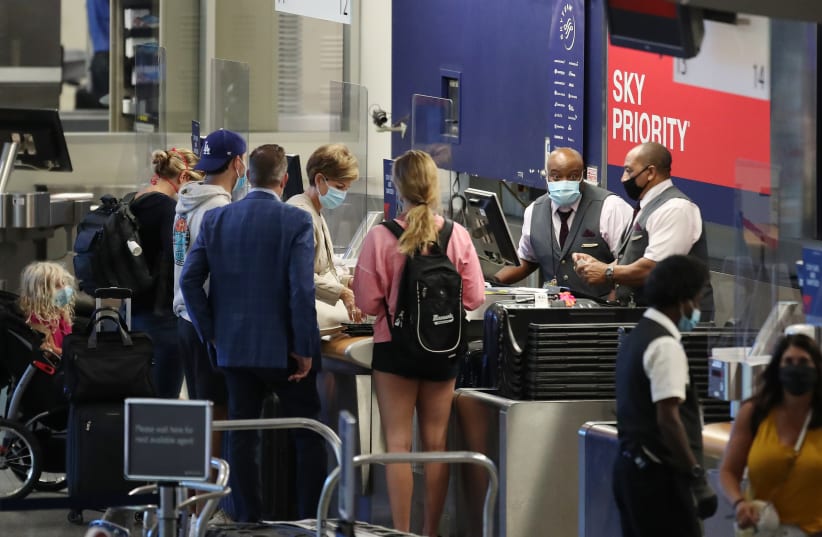If you've ever found yourself frustrated by the airport security check, brace yourself for a potentially more arduous experience if you come across the dreaded "SSSS" mark on your flight ticket. But what does this enigmatic code signify?
Secondary Security Screening Selection (SSSS) is a designation used by the US Transportation Security Administration (TSA) to identify passengers for additional security measures. SSSS can appear on any flight traveling to, from, or within the US, including international flights. When your ticket bears the SSSS label, be prepared for an intensified security screening, which may prolong your journey by anywhere from a few minutes to over 30 minutes.
Upon receiving the four-letter SSSS code on your boarding pass, you will be directed by a security officer to undergo an additional screening process. This process entails thorough searches of your belongings and person.
The rationale behind being marked with SSSS is not explicitly disclosed, but it seems to be assigned to travelers with unconventional itineraries, such as those involving one-way international tickets or trips to destinations considered "high risk" by the US government. In some rare instances, suspicious behavior during the check-in and initial screening procedures can also trigger the SSSS designation. Despite these factors, it is believed that the TSA assigns the SSSS randomly.
If you are selected, the SSSS mark will be printed on your boarding pass. One telltale sign of being chosen is the inability to check in online, accompanied by a notification from the airline's app or website instructing you to check in at the airport.

What should you do if you frequently receive the SSSS mark?
While it may seem like an unfortunate streak, if the SSSS mark repeatedly appears on your boarding pass, you can take action by reaching out to the Department of Homeland Security (DHS) and the Traveler Redress Inquiry Program (TRIP). By submitting a request through these channels, you may potentially be removed from all security watchlists if it is determined that you do not pose a security threat. However, it's important to note that when traveling to a "high risk" country, the mark on your ticket may resurface.
